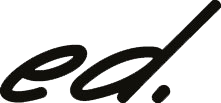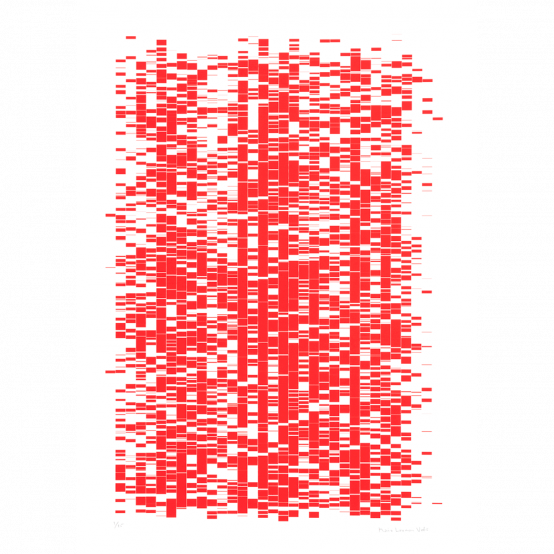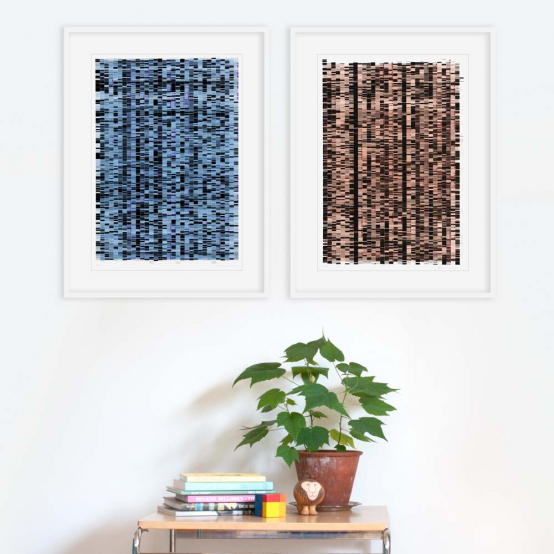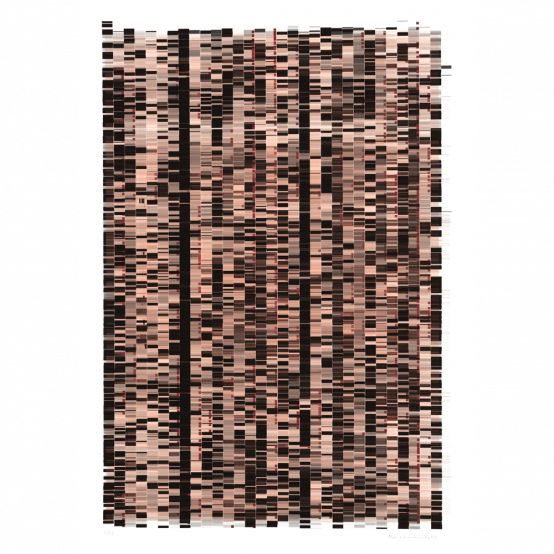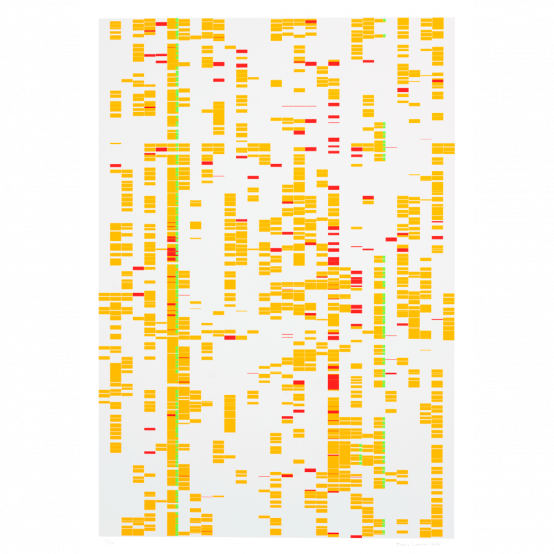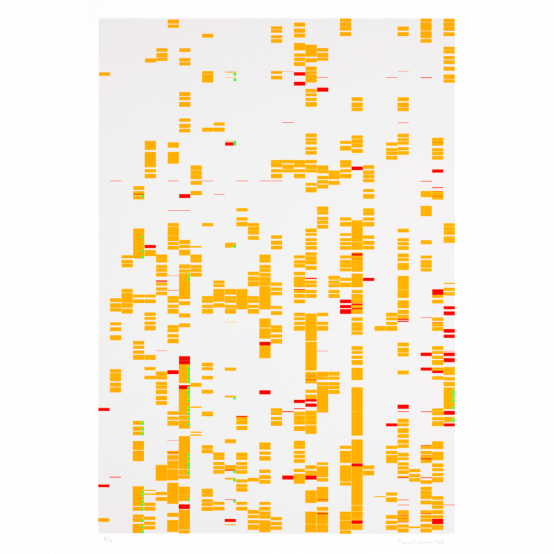absence constellations

Maria Lavman Vetö has been active as an artist since graduating from the Academy of Fine Arts in Copenhagen in 1990. But like most artists, she also has a "bread job" - she works as an administrator at a high school. Here, she compiles absence reports for the approximately 2,000 students. In her artistic project "Absence constellations", Lavman Vetö has used the data offered by the absence reports and transformed it into images. The reports show a grid system with rectangles that represent valid versus invalid absence. Behind the abstraction of the squares lie thousands of destinies, societal development, politically controversial issues; the big and the small.
"Absence constellations blur the boundaries between the everyday life of paid work and artistic practice; between presence and absence; coincidence and calculation," writes Hannah Federley Holmkvist at Höör Art Gallery.
Absence constellations has been exhibited at several art galleries around Sweden and abroad. At ed-art.se, we are now presenting prints with poetic titles such as "The total unreported absence (truancy) in the Technology Program during the academic year 2015/2016, years 1,2,3" and "The Natural Sciences program years 1-3 attendance and absence in the academic year 2015/2016"
In a beautiful text about the project (which also includes a print with a collection of sentences taken from Swedish school books) the poet and author Jörgen Gassilewski writes:
And the absence arose. And Maria Lavman Vetö saw that it was good. And the textbooks arose. And Maria saw that it was good. And she registered all textbooks in the high school library. And she saw that it was good. And she chose a sentence in each textbook. And she selected a picture in each textbook. Maria wanted to understand her work and her life and art. And the years went by and the seasons went by. And the time and space passed into each other. And life and people passed into each other. She wanted to let people and life in. She wanted them to join and share this. She wanted them to participate, that they should join and create this. With their eyes, with their heads, with their hands. She used archive technology and scale and layers and digital technology and printing technology. To get things closer, affect each other, communicate with each other. The emptiness and materia, the objects and the abyss between, the bodies and the gaps, the absence and the presence. And every four weeks, Maria sent out reports to mentors and school leaders, curators and school nurses. And it became seven hundred layers. And they all knew each other, all of them made each other visible, mutually giving each other meaning.
And everything began in the image, in the expanded image, in the expanded painting. And everything was visible here. Also the evil. The inertia that came in from the world. The material that came from the world. The mechanics that came in from the world. How things that did not belong together interlinked. How traces and traces of hands were mixed with each other. How colors mixed, sometimes sharp, sometimes invisibly. One surface was placed next to another surface and created silence. One text was placed next to another text and created silence. Everyone should represent their counterparts outside this framework. But there were no counterparts outside these limits. There was only this. And it should now be itself. And it fell apart. It was not even itself. It was only line. It was only color stain. And hardly even that. The absence no longer saturated the absence. Learning no longer saturated learning. Perception no longer saturated the perception. The color and scale could no longer assimilate themselves. And everything fell into one point.
But then came the everyday and then came the working time, then came the source references: "Work as if you do not need money." Then people came, and life came: "It will happening in about 5 billion years." "It's often when one least expect that it's happening." Frid, Johan, Intro picture 1. ed. 2002 p. 250 and “A long break follows" Jansson, Ulf, “A book about theater 1, ed. 2010”, p. 250. And then came the light. The projection. The taking and the giving. The fragment. The shard. The magnification. The enlightment. The course of the day and the shifting of the light. In hight and length and width. The insight. It is at this moment it is happening. Here and now. And we are doing it. And we can change it. Create it. The attention. The obsession. Bring it with us. Be its vessels. Experience it. And never forget it. This all-encompassing perception. Sensorium. Send it to every neuron, axon and dendrite, and let them host it forever: Two thousand four hundred students absence and presence at the Technology Program, Natural Science Program, Economics Program and Social Science Program at a secondary school in Sweden in the autumn of two thousand fifteen and spring two thousand sixteen.
